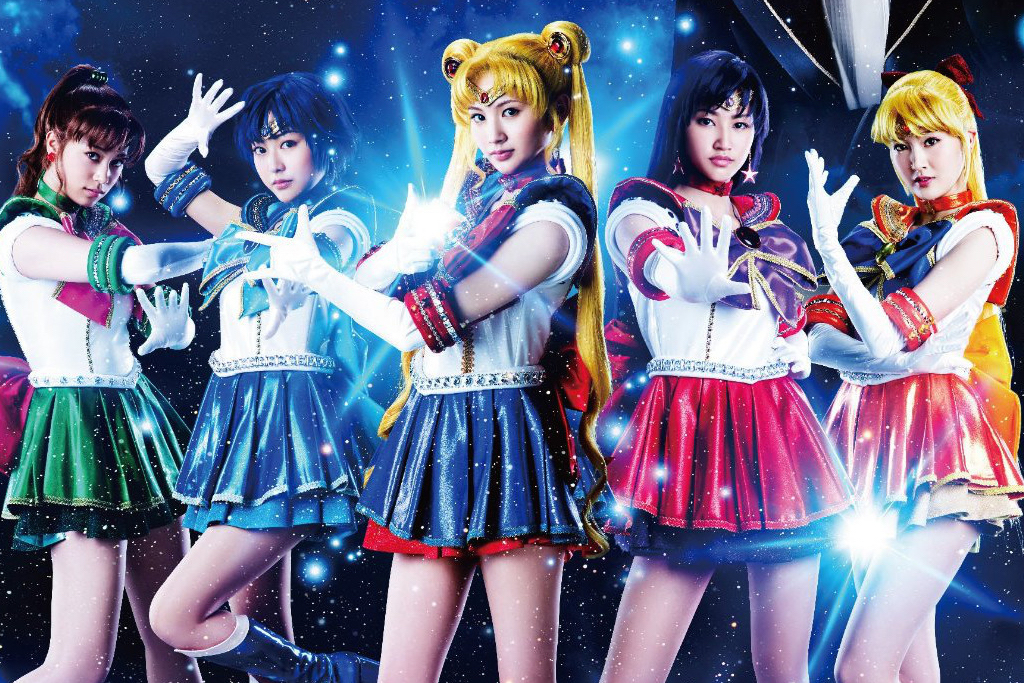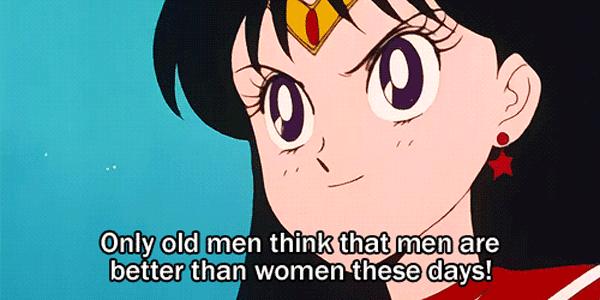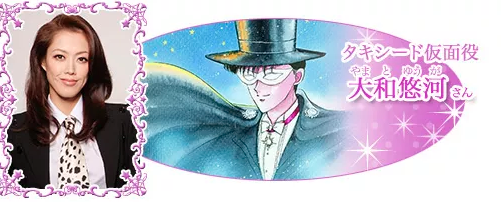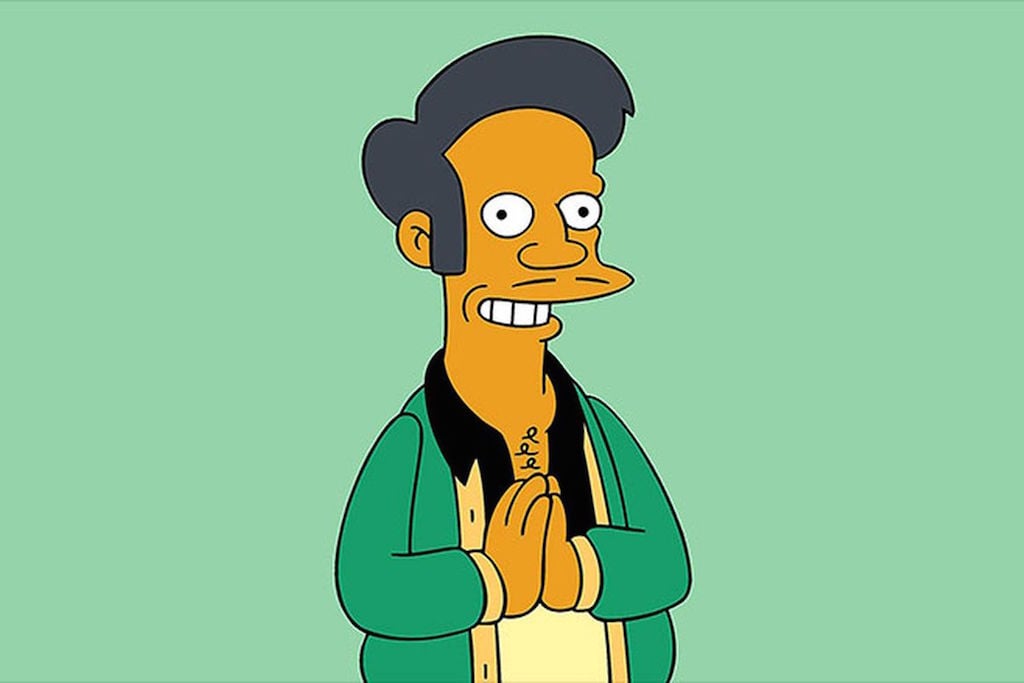‘Sailor Moon: The Musical’ Exists And Let Me Tell You, It’s Delightful
It's the perfect conclusion to Sailor Moon's long, queer history.

Sailor Moon was one of my best friends when I was a kid. Shorthaired and bookish, I imagined myself to be her loyal friend and protector, Sailor Mercury, ready to do all the research and calculations necessary to help us get out of danger and defeat the bad guys.
Unfortunately, however, Sailor Moon and I grew distant over the years, as childhood friends are wont to do. My merciless parents, no longer interested in contributing funds to Rupert Murdoch’s already overflowing coffers, cancelled our Foxtel subscription mid-series. Sailor Moon was removed abruptly from my life, and it wasn’t long before I forgot about the Moon Princess and her Sailor Senshi.
The chance to reconnect and mend ruthlessly severed ties presented itself this month at a cinema screening of Pretty Guardian Sailor Moon: The Musical – Le Mouvement Final, one of three musicals produced in honour of Sailor Moon’s 25th anniversary.
The musical was recorded during one of many live performances staged across Japan and aired in cinemas across Australia, Canada and America. In Japan, productions adapted from manga are known as “2.5D musicals” — productions based on 2D content and acted out in a 3D live event, whilst ensuring the integrity of the original manga content is retained.
Sailor Moon, it seems, had done well for herself in my absence: the original anime series, which ran for five years between 1992 and 1997, had been followed up with over 25 live production musicals along with three animated theatrical feature films. In 2014, Sailor Moon Crystal — a reboot of the original anime series, featuring sharper animations and plotlines truer to the original manga series — was born.
I wanted to see where the series had gone since I left it, and find out if there was still a place for a 25-year-old woman in the fandom — would I actually be able to sit through a three-hour musical about the battles of Sailor Moon and the Sailor Scouts?
Turns out, I bloody well could.
The Long, Woke History Of Sailor Moon
In hindsight, it’s not hard to see why I loved this series so much as a child. At its core, Sailor Moon is a show about strong women banding together to fight for what they believe in.
The basic premise of the show has always been this: Sailor Moon and her nine Sailor Scouts are equipped with powers that help them defeat evil. Most importantly, they are also armed with the self-determination to make their own valued decisions. They aren’t damsels in distress, and they don’t need a man to make it happen.
So female-centric is Sailor Moon that the only recurring male character of the entire series is Tuxedo Kamen, and he only exists to assist the character development and growth of his partner, Sailor Moon, and their daughter. By the end of the series, Tuxedo Kamen is a largely passive character — one who needs to be saved by Sailor Moon on multiple occasions. Many of the fighting scenes in the manga have Tuxedo Kamen staying behind to watch over their daughter, while Sailor Moon goes off to save the day.

But the Sailor Moon I watched as a child was an overly censored — and whitewashed — version of the real thing. The Sailor Moon broadcast on Foxtel had been dubbed-over with English-speaking voice actors; the characters’ Japanese names were exchanged for Western versions — Usagi Tsukino became Serena Tsukino, and Mamoru Chiba became Darian Shields.
The original anime had proven way too progressive for Western audiences, with its many LGBTIQ+ relationship plotlines erased and re-written by Canada’s DiC Entertainment before being distributed outside of Japan. In the first series, two of Queen Beryl’s evil minions — Kunzite and Zoisite — were gay men in a homosexual relationship. Western censorship had the relationship recast as a heterosexual one, with Zoisite being transformed into a female character called Zoycite.
“The original anime had proven way too progressive for Western audiences, with its many LGBTIQ+ relationship plotlines erased and re-written”
In the third season, Sailor Moon S, audiences were introduced to two new Sailor Scouts — Sailor Uranus and Sailor Neptune. In the original Japanese anime, the two were in a lesbian relationship. In the Canadian-dubbed version, Sailor Uranus and Sailor Neptune were introduced as cousins — very, very close cousins.
The two final seasons of the show never made it outside of Japan. Much of the content of these two seasons was found objectionable — including the appearance of the three Sailor Starlights, who are gender fluid. Sailor Star Maker, Sailor Star Healer and Sailor Star Fighter assume male forms when disguised as humans, but transform into females when it is time for them to kick-ass as Sailor Senshi.
It was a censorship that stripped the series of some of its most important values: the power of women, the malleability of gender and the strength of LGBTIQ+ relationships.

Sailor Moon: The Musical
Pretty Guardian Sailor Moon: The Musical – Le Mouvement Final is a triumphant culmination of everything that was so damn good about the original manga and the animation. It’s the perfect conclusion to Sailor Moon’s development into a strong, fearless leader.
But one of the best things about the musical is its all-female cast. The only male character in the entire musical is Tuxedo Kamen — who’s played by a woman.

See?
That’s not to say a musical adaptation of a 90’s anime series wasn’t going to be, at times, extremely cringe-worthy. It was. Some of the fight scenes and painfully-dramatic acting was met with straight-up laughter from the audience. Things that would have been considered super impressive for seven-year-old me suddenly weren’t that cool anymore — including every time Sailor Moon attacked her enemies with a blast of pink light called the ‘Starlight Honeymoon Therapy Kiss’ while decked out in a costume that featured huge feathered wings.
But past the over-zealous choreography and the awkward fight scenes lay a central theme of women helping women — a rallying cry for women to combat injustices and inequalities together.
I came out of Pretty Guardian Sailor Moon: The Musical – Le Mouvement Final feeling uplifted. Sailor Moon and I had both grown up, but we would never outgrow each other.
—
All five seasons of the uncensored and subbed version of the original Sailor Moon anime can now be streamed on Madman’s AnimeLab for free. Check it out here.
—
Bernadette Anvia is a freelance journalist and editor who wants you to follow her on Twitter @BAnvia (like, seriously).
